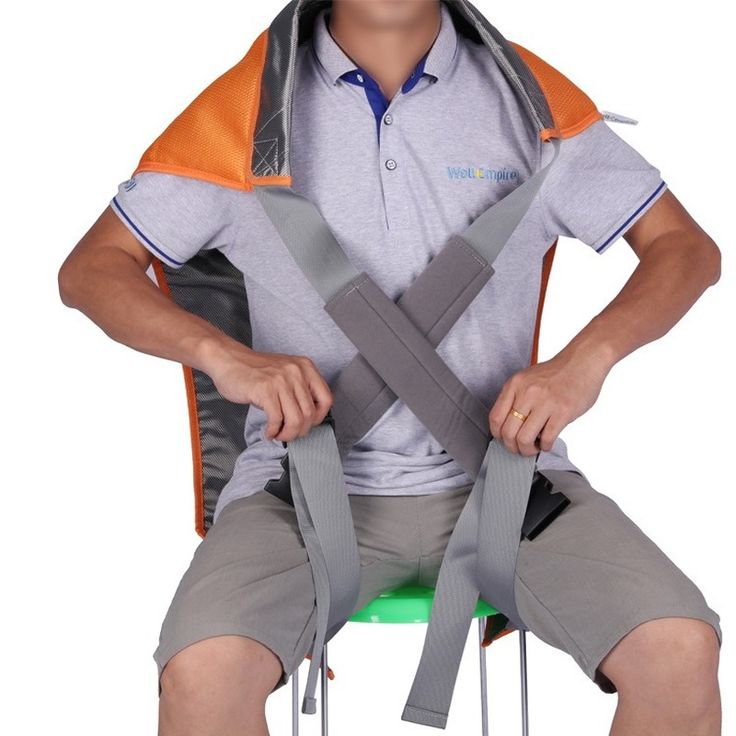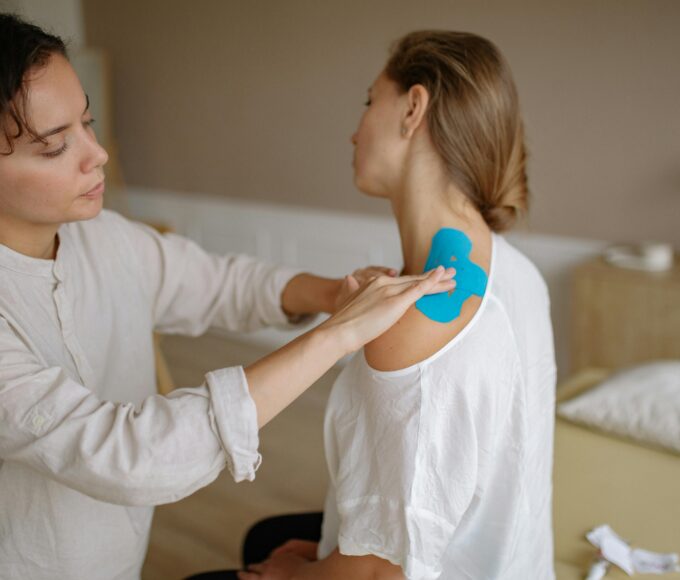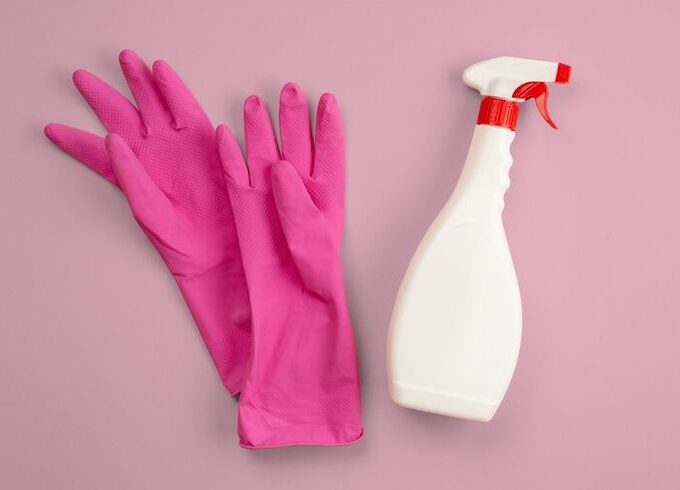The process of selecting a suitable patient lift sling creates major confusion for caregivers. Individuals need to select patient lift slings which fulfill requirements for both their caregivers and those receiving the lifts. The use of patient lift slings is essential to provide safety during transfers because they enable better mobility together with protective comfort and security. The successful execution of lifting depends on proper sling selection for healthcare professionals as well as home caregivers. This article provides all vital information you require to understand these essential devices for caregiving.
Understanding Patient Lift Slings
Patient lift slings serve as essential assistance tools which help caregivers move people who have restrictions in their mobility with safe methods. Patient lift slings help caregivers maintain comfort while lifting which decreases the risk of medical issues to patients and health workers.
The available type of patient lift slings exists in multiple materials along with different designs that address diverse requirements. The range of patient lift slings includes models that support entire bodies and products that focus specifically on supporting torso or leg regions. The versatility of patient lift slings is vital because it allows customization for different patient needs and healthcare conditions.
A properly used sling enables improved independence since it helps patients move easily between their bed and wheelchair setup. Functionality and comfort work together to determine the effectiveness of patient lifter slings. The physical fit of a sling design produces greater confidence in users together with reassurance for their family caregivers.
The basics discussed in this document help caregivers choose patient lift slings suitable for their individual care needs.
Types of Patient Lift Slings
Patient lift slings function as different types to meet diverse patient requirements. Full-body slings represent the most frequently used patient lift accessories. Such slings deliver broad support by enclosing the entire human body when moving patients.
Then there are divided-leg slings. patient lift slings enable higher mobility due to their design structure which accommodates partially mobile or strong patients.
The primary objective of sit-to-stand slings differs from other lift slings. These slings grant backup support to people who have independent standing abilities by providing safety during their movements.
Hammock-style slings both support patients underneath their bodies while providing safe cradle-like positions to patients.
Different specialized sling models exist to serve patients with bariatric features or those who require neck and head positioning support as well as other unique medical conditions. The multiple transfer sling varieties contribute uniquely to create safe environments for patient comfort during relocation processes.
Factors to Consider When Choosing a Patient Lift Sling
A proper patient lift sling selection stands essential for both patient safety and comfort. Begin by determining the size along with the weight of the patient. The dimensions of different slings differ from each other thus requiring an appropriate fit for safety and comfort.
The choice of lift activity needs evaluation as the next step. Different slings offer two main functions which include bed to chair transfers or bed and wheelchair repositioning.
The choice of fabrics makes a difference since breathable materials lead to improved comfort throughout long usage time. Additionally, check if the sling provides adequate support for specific areas like underarms or thighs.
Think about ease of cleaning. Slings designed for machine wash become more convenient in terms of maintenance time while preserving necessary hygiene standards. Choose healthcare slings based on functionality and comfort because this selection affects caregiver work flow efficiency and patient wellness at the same time.
How to Properly Measure for a Patient Lift Sling
A proper fit for patient lift slings is vital in order to maintain safety as well as comfort. Begin the measurement process by determining the exact weight of the patient. The weight information allows selection of a sling strong enough to support the patient.
Next, measure the patient’s height. Sling selection depends on your accurate measurement of patient dimensions.
The measurements of body shape together with special needs should always be taken into account. Some medical patients need supplemental support specifically for their head regions and their lower extremities.
Along with body shape and unique needs patients should be evaluated for their mobility limits. People with limited movements require specific sling configurations which differ from those needed by patients who can help during lifts.
The correct measurements will lead you toward finding a patient lift sling that fits perfectly while satisfying both safety needs and ease of use during patient transfers.
Safety Precautions When Using a Patient Lift Sling
You must always prioritize safety when using a patient lift sling. Start the transfer process only after making sure the sling has a secure connection to the lift. The use of an inadequately tied sling or loose attachment can generate accidents along with injuries to patients.
Routine inspections should always be conducted to check the condition of lifting equipment together with patient sling systems. Safety could be compromised when the sling straps show signs of wear and tear or its fabric sustains any form of structural damage. Follow the weight capacity information from both the sling maker and the lift maker as indicated in their guidelines.
Teach caregivers together with family members about the correct way of using patient lift slings. Adequate education about lifting patients decreases the probabilities of accidents while performing the lifts. Experience with equipment through practice makes users become confident in their operations.
Verbalized communication should always occur before lifts to explain to patients and loved ones what transfer steps will involve. Proper reassurance provides both relaxation and clear understanding of safety roles to all participants.
The transfer process requires no rushing because you should spend enough time to reposition as required for comfort and stability. These precautions develop an environment that protects both yourself and those counting on your support when they experience mobility difficulties from health problems or post-recovery phases.
















